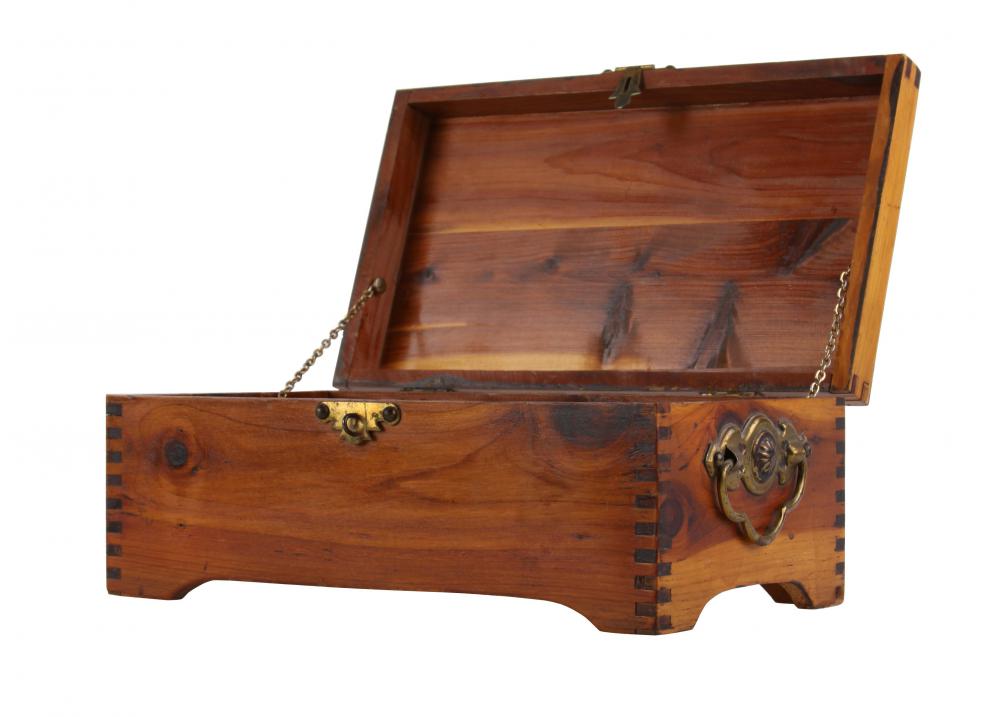At WiseGEEK, we're committed to delivering accurate, trustworthy information. Our expert-authored content is rigorously fact-checked and sourced from credible authorities. Discover how we uphold the highest standards in providing you with reliable knowledge.
What is Yellow Cedar?
A yellow cedar is a medium-sized cypress tree native to western North America and parts of Alaska. Though it is not a traditional cedar, it is known by a variety of names, including Nootka Cedar, Nootka Cypress, Alaska Cypress, Alaska Cedar, and Yellow Cypress. Due to its neat grain, sturdiness, resistance to rot, and neutral color, the yellow cedar tree is a common source of lumber.
The typical yellow cedar grows to be approximately 78.7 feet (24 meters) tall, with a diameter of 24.4 inches (90 centimeters). The trunk of the tree is wide and ridged and becomes significantly wider at the base. The branches are distributed evenly around the trunk, sometimes all the way to the base, and they tend to have a sagging appearance. Each individual branch contains smaller branches that extend from the main limb.
A yellow cedar tree produces leaves that are typically a deep shade of blue-green. The leaves are very thin and extend in flat bunches. They can grow to be 0.12–0.20 inches (3–5 millimeters) long, and their tips tend to be sharp.

The tree also produces pine cones, which, in the first year, resemble little more than unripe fruits or berries. As the tree matures, so too do the cones, eventually taking on a rustic, woodsy hue and texture. The cones grow to be 0.24–0.47 inches (6–12 millimeters) in diameter and have several broad scales that resemble umbrellas.
Yellow cedar trees prefer deep, damp soil that has a light acid content. They may grow singly or in small groups and are usually found at higher elevations in northern California, the Pacific Northwest, and certain regions of Alaska. The yellow cedar commonly grows alongside Pacific silver fir and mountain hemlock trees.

Historically, the tree was used by the indigenous populations of the Pacific Northwest region. Due to its natural resistance to erosion and decay, it was particularly useful for building strong, dependable, functional objects like canoe paddles, bows, dishes, and utensils. Yellow cedar also figures into the folklore of several indigenous peoples.
In modern times, yellow cedar remains a popular source for fashioning sturdy, practical objects. It is especially popular in boatbuilding. Yellow cedar additionally provides reliable lumber for construction projects.
It also serves as an ideal wood for heating. The chopped wood from the yellow cedar can remain in the same pristine condition for a century or more. It has been celebrated for its ability to burn at very high temperatures for long periods of time.
AS FEATURED ON:
AS FEATURED ON:












Discuss this Article
Post your comments